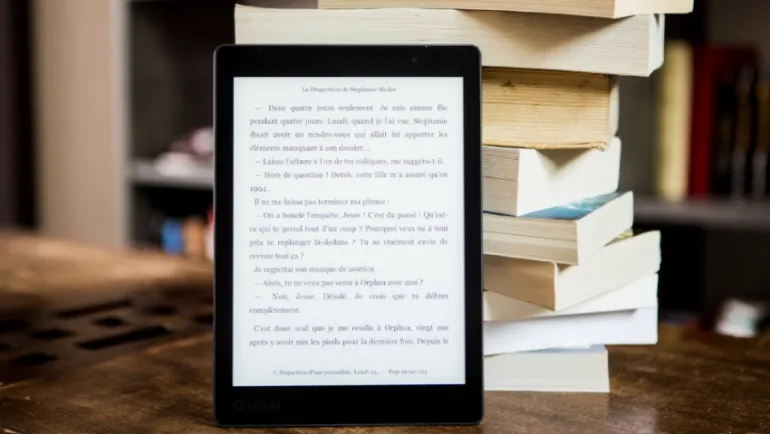
Have you ever downloaded an e-book only to forget where you stored it? Or maybe you’ve got a massive collection spread across multiple devices, making it impossible to find what you need. If this sounds familiar, you’re not alone. With digital libraries growing larger every day, learning how to organize your e-books is the key to enjoying them without the chaos.
Whether you’re a student managing study materials, a professional collecting research, or a book lover building your digital library, organizing e-books properly saves time, reduces stress, and enhances your reading experience.
Let’s break down the most effective ways to bring order to your virtual bookshelf.
Here’s the truth: a cluttered library leads to wasted time. Imagine scrolling endlessly through hundreds of files just to find one PDF. That frustration can be avoided with simple organization.
In short, organizing your e-books is about making your digital reading life easier and more enjoyable.
The first step is simple: gather all your e-books in one place. They might be scattered across your laptop, phone, tablet, or even cloud storage. Consolidate them into a single folder or platform.
Think of it like tidying your room—once everything is in one place, the real organizing begins.
Popular storage options include:
Not all readers organize books the same way, and that’s okay. The goal is to pick a method that makes sense to you:
Pro tip: Use nested folders. For example: E-Books > Fiction > Fantasy > J.K. Rowling. This keeps things neat and prevents overcrowding.
A file named ebook_123.pdf tells you nothing. Renaming files is a small step that creates a huge impact.
If you can’t tell what a file is at first glance, your future self will thank you for renaming it now.
If your library is large, e-book management tools are worth exploring. Software like Calibre allows you to:
These tools essentially create a digital bookshelf, where searching and filtering become effortless.
One of the frustrations readers face is starting a book on their laptop and then losing track of it on their phone. To avoid this:
Imagine finishing a chapter on your phone during a commute, then instantly picking up where you left off on your tablet at home. That’s the beauty of syncing.
Just like a physical library collects dust, your e-library can get messy over time. Dedicate a few minutes each month to:
This small habit ensures your library stays organized year after year.
E-books are powerful learning and entertainment tools—but only if you can actually find them. By centralizing your files, categorizing smartly, renaming them clearly, and using management software, you can transform your chaotic downloads folder into a well-structured personal library.
The time you spend organizing today saves you countless hours tomorrow. Whether you’re a casual reader or a student juggling study materials, knowing how to organize your e-books is the ultimate productivity hack.












Comments
There are no comments for this Article.